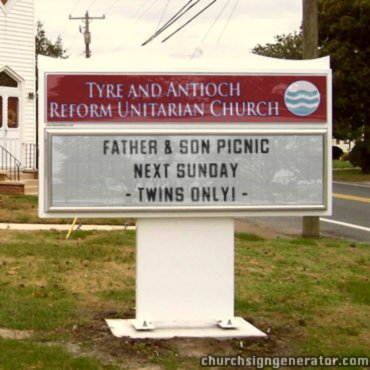New Banner!
AUR is proud to present our new blog banner, combing symbols throughout our history that demonstrate dedication to true Christian monotheism.
The Two Trees symbol, drawn from the allegory of humanity’s dawn in the Garden of Eden, stresses Reform Unitarianism’s emphasis on complementary virtues, which are seen in the Two Trees of Eden, the serpent and dove of Jesus’ ministry, the twin cherubim atop the Ark of the Covenant, Faith and Hope, and the Lion-Lamb/Alpha-Omega imagery associated with Christ. It is only by reconciling what seem to be contrary virtues that one can find the One God behind all things.
On the far right is an ancient Macedonian image of Jesus praying to God in the Garden of Gethsemane, not only a key passage demonstrating the subordinate relationship between God the Father and the Son of God, but also the climax of the moral and spiritual ministry of Jesus, the moment of “Thy Will Be Done.”
On the far left is an Arian church in Ravenna (now controlled by Trinitarians and called San Apollinare Nuovo) built during the reign of Theodoric, representing the continuation of original Christianity into the early Middle Ages before the complete suppression of Unitarian theology and the beginning of the Dark Ages.
Finally, at the bottom is a portrait of Jonathan Mayhew, the Father of American Unitarianism, who coined the battle cry “No taxation without representation” and wrote a sermon against the Divine Right of Kings entitled A Discourse Concerning Unlimited Submission and Non-Resistance to the Higher Powers, which president John Adams later called the “spark that ignited the American Revolution.”


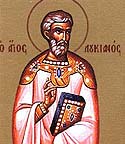 Today is the first of the 12 Days of Defiance that begin the Winterval Season, the feast day of St. Lucian. Lucian was the teacher of both St. Arius and St. Eusebius, the bishop who baptized Constantine, finally Christianizing the Emperor after a lifetime of religious ambiguity.
Today is the first of the 12 Days of Defiance that begin the Winterval Season, the feast day of St. Lucian. Lucian was the teacher of both St. Arius and St. Eusebius, the bishop who baptized Constantine, finally Christianizing the Emperor after a lifetime of religious ambiguity.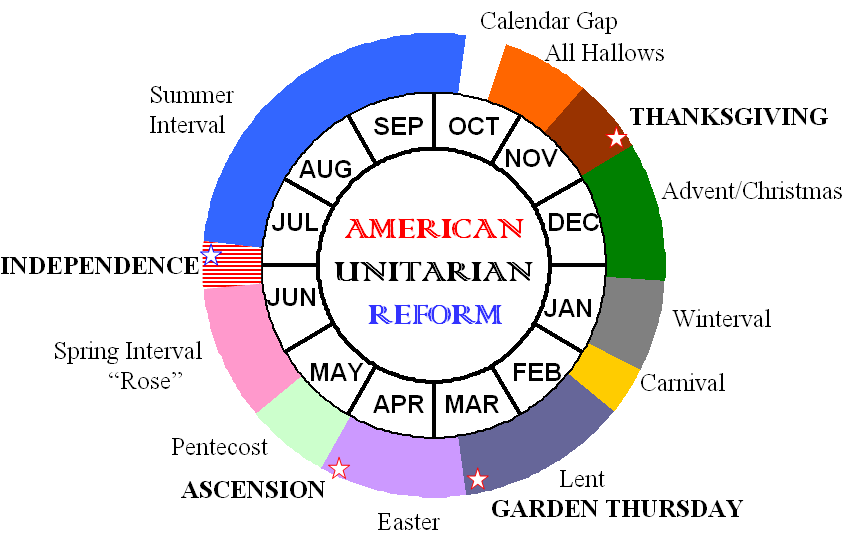
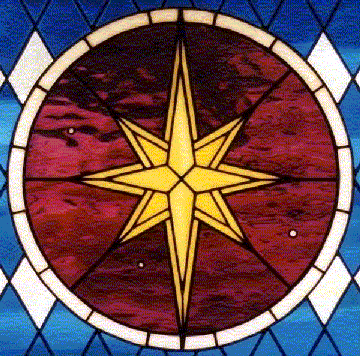 Today is St. Lucia’s Day, the first of the 12 Days of Light honoring the Star of Bethlehem. Time to put up the lit decorations! But, also a good time to reflect on the importance of Christmas.
Today is St. Lucia’s Day, the first of the 12 Days of Light honoring the Star of Bethlehem. Time to put up the lit decorations! But, also a good time to reflect on the importance of Christmas.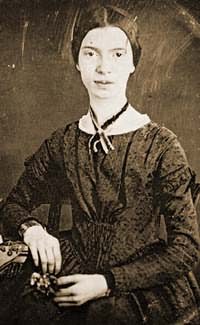 On this day in 1830 was born in Amherst, Massachussetts, a girl named Emily Dickinson, raised Unitarian, confirmed Christian as a teenager, and a veritable prophet who gave us a collection of poems that could rightfully be called America’s book of Psalms.
On this day in 1830 was born in Amherst, Massachussetts, a girl named Emily Dickinson, raised Unitarian, confirmed Christian as a teenager, and a veritable prophet who gave us a collection of poems that could rightfully be called America’s book of Psalms. 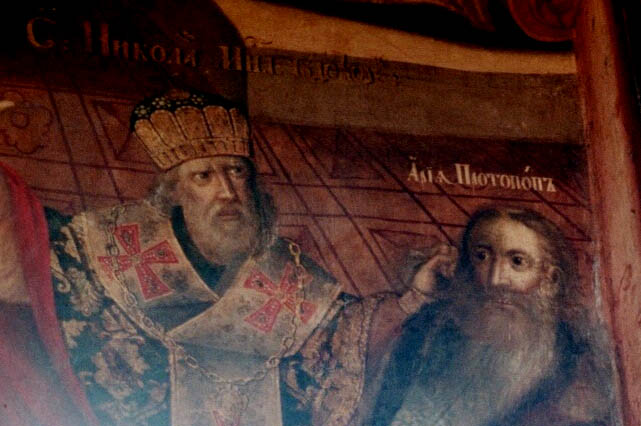
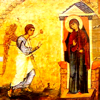
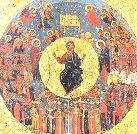 Today is the beginning of the Twelve Days of Piety, a holiday AUR shares with other Christians: All Hallows Day, the commemoration of all Saints, known and unknown.
Today is the beginning of the Twelve Days of Piety, a holiday AUR shares with other Christians: All Hallows Day, the commemoration of all Saints, known and unknown.